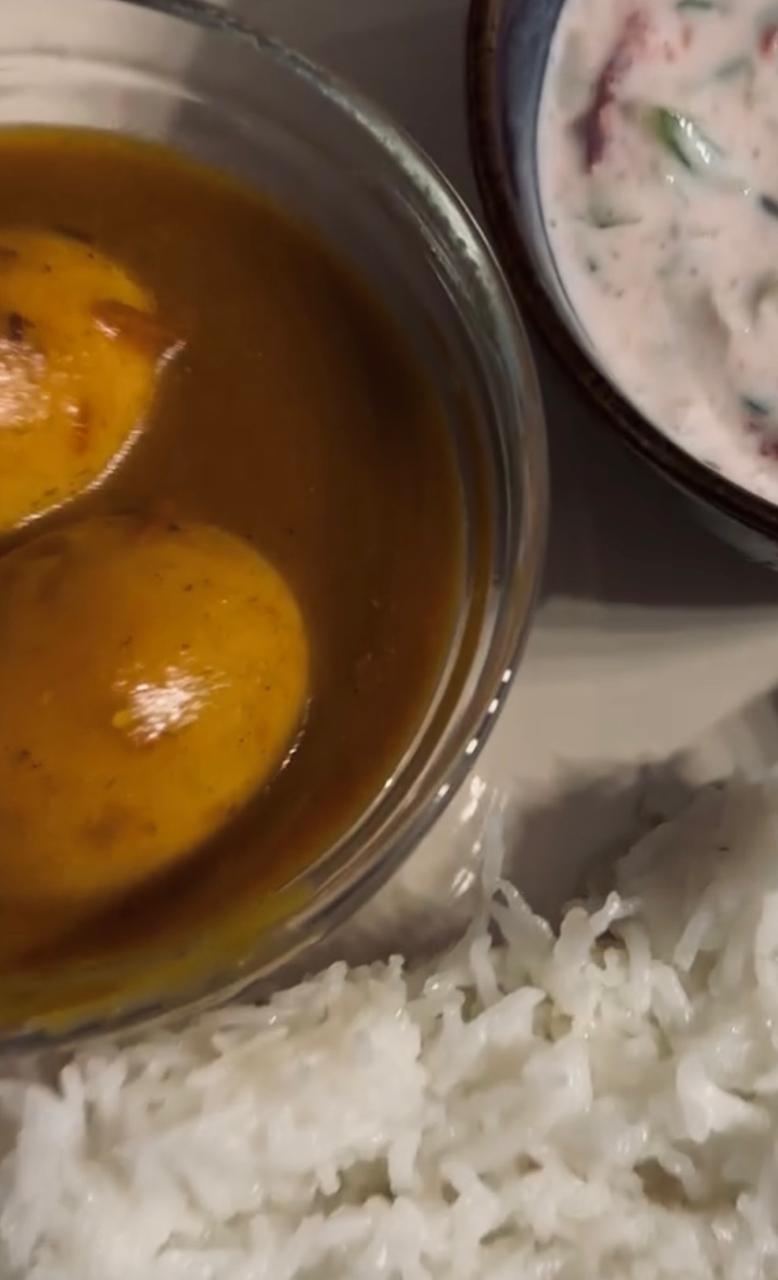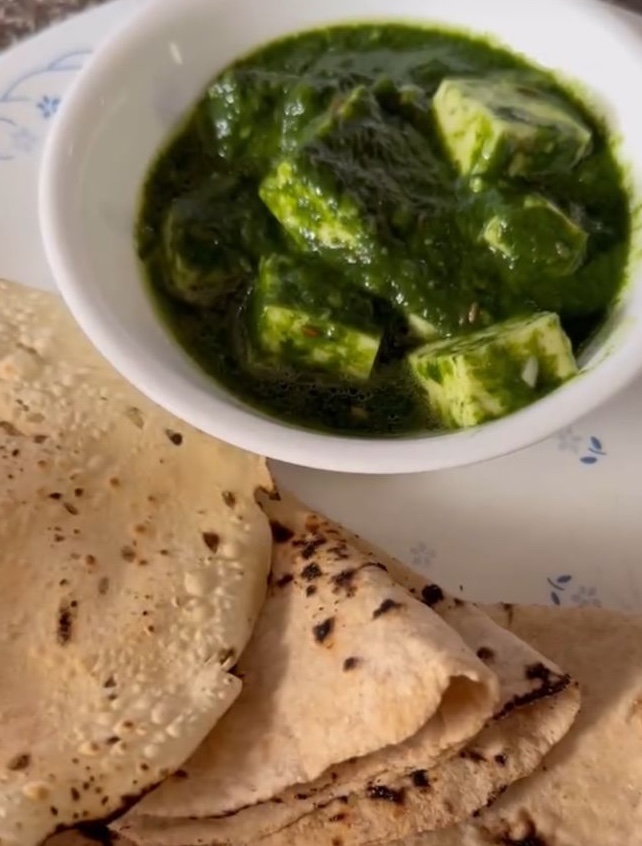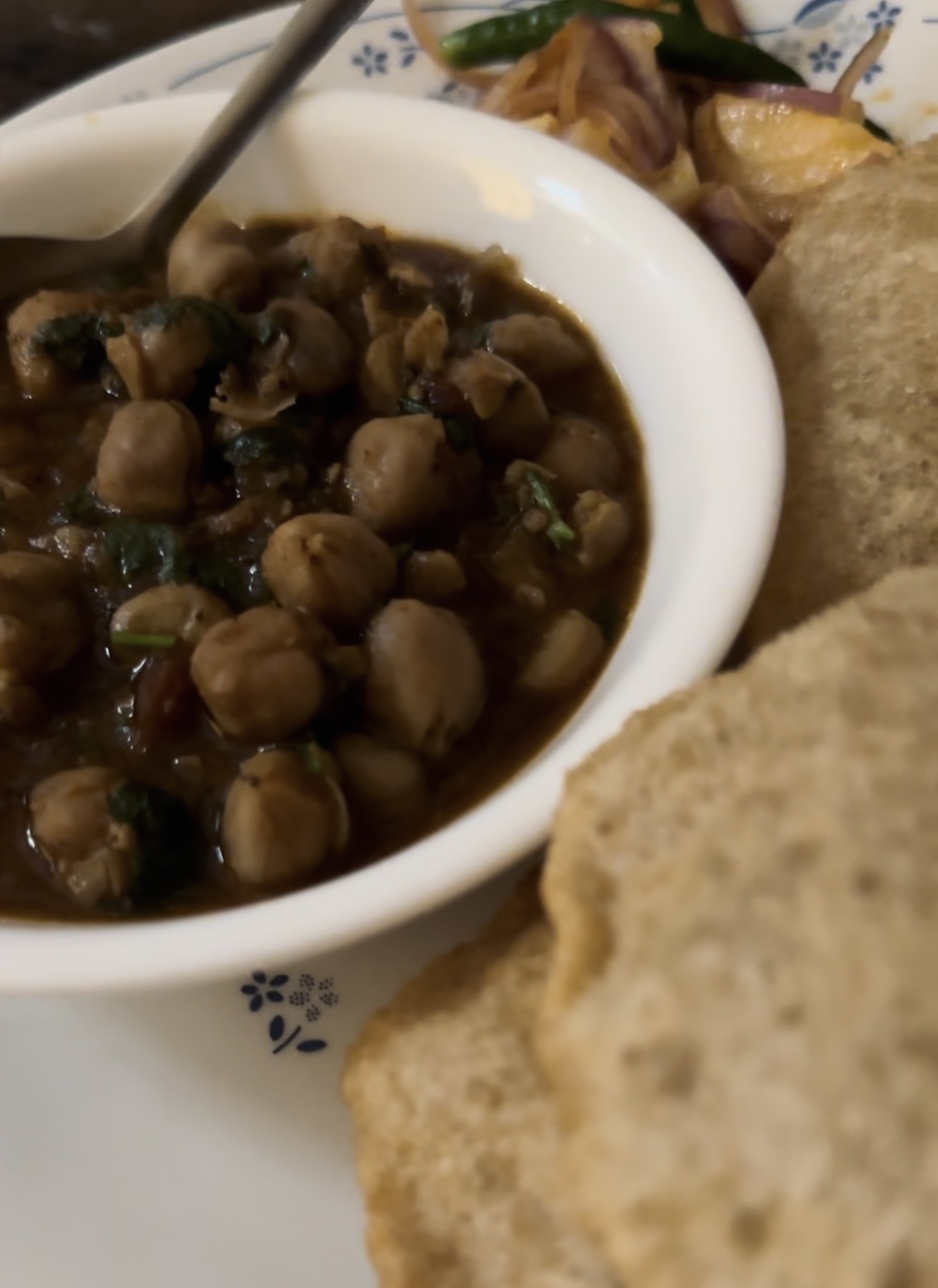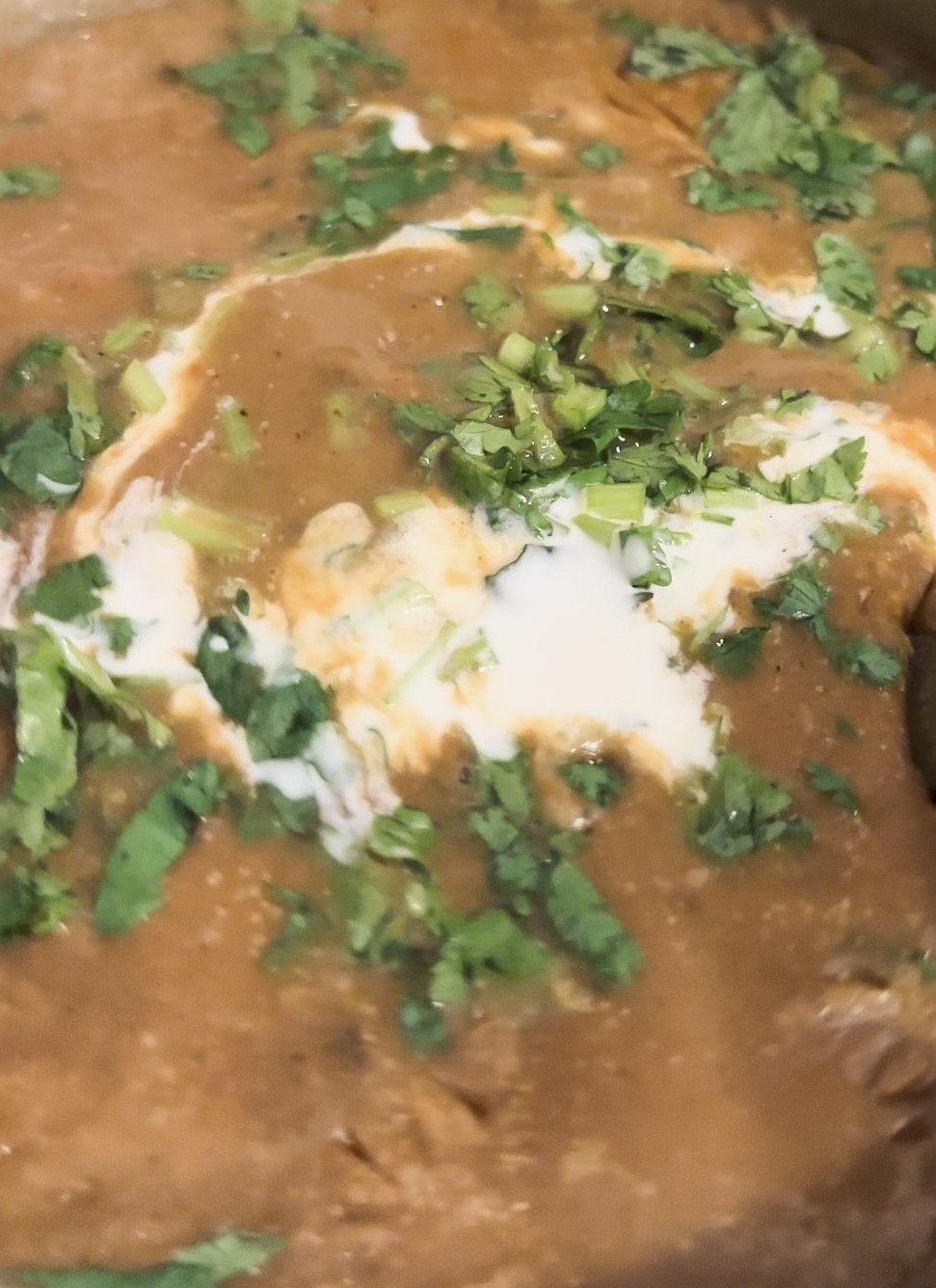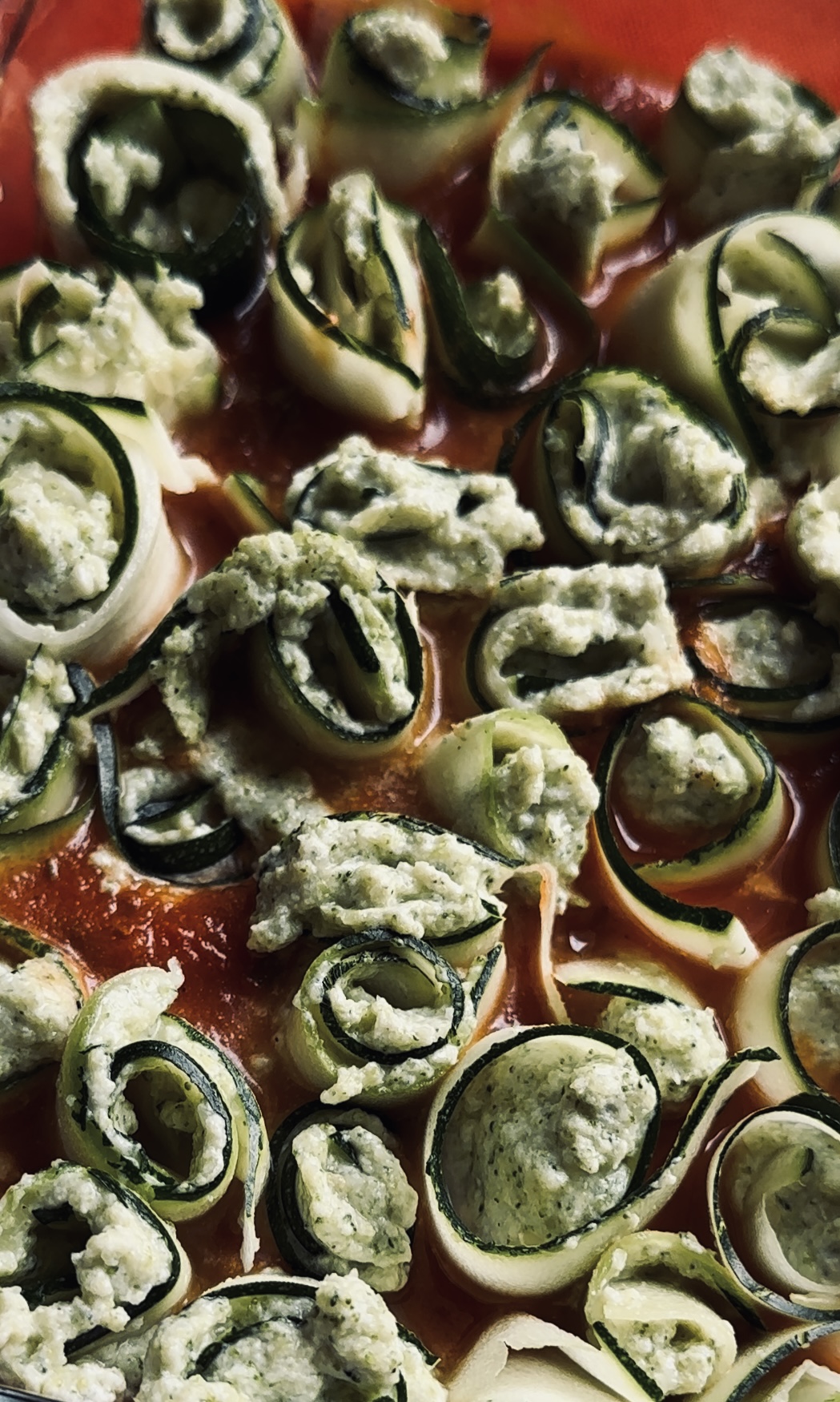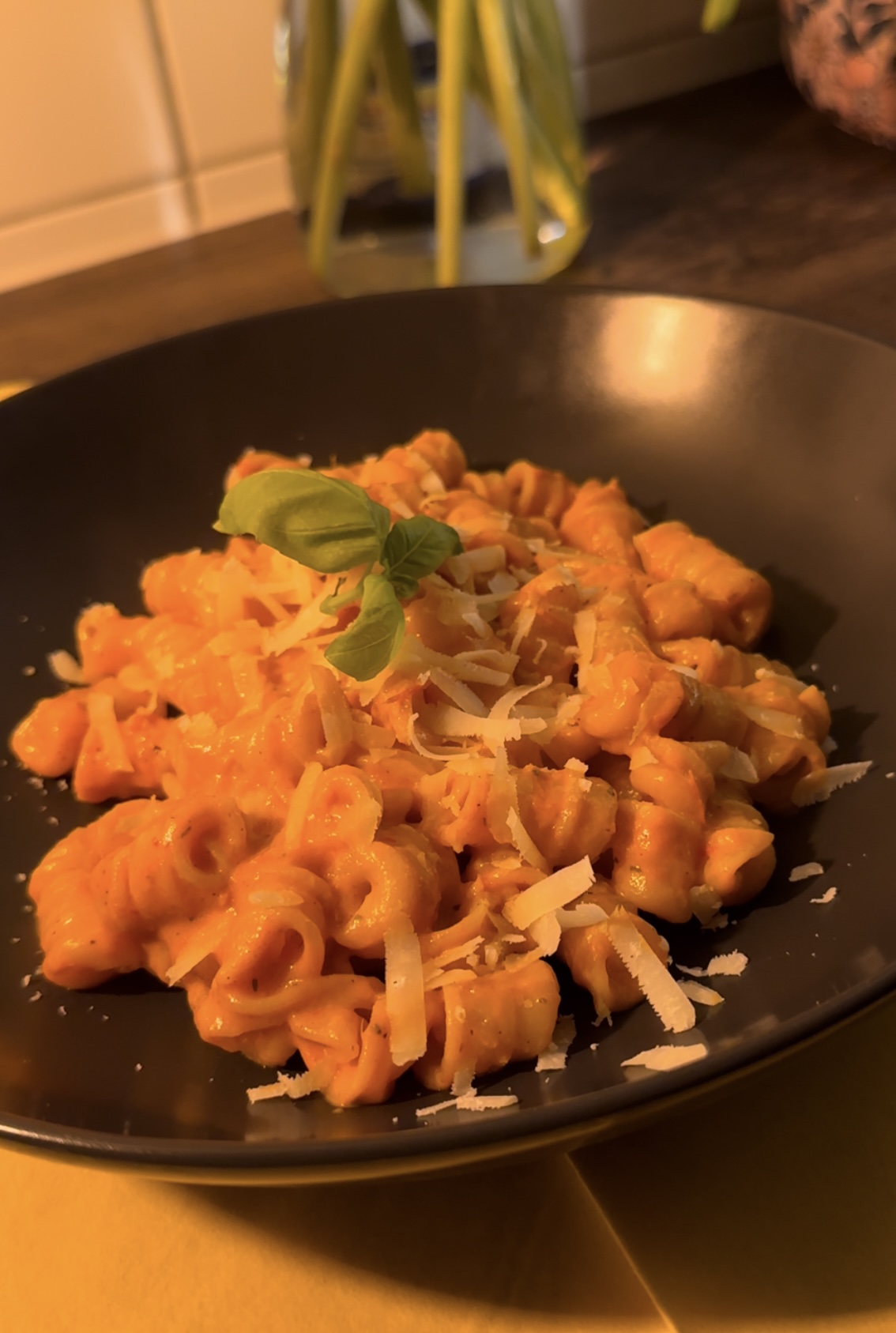A Nutritional Powerhouse and Comfort Food Classic!
Rajma Chawal, a staple dish in North Indian cuisine, combines the hearty goodness of kidney beans (rajma) with the comforting texture of steamed rice (chawal). This beloved dish has found its way into the hearts and kitchens of many, offering a perfect balance of nutrition and flavor. In this article, we delve into the origins of Rajma Chawal, its health benefits, and its cultural significance. We also explore why this dish remains a favorite across generations.
The Origins of Rajma Chawal
Rajma Chawal is a classic North Indian dish, deeply rooted in the culinary traditions of the region. The primary ingredient, kidney beans, is native to Central Mexico and Guatemala. It is believed that kidney beans were brought to India during the Spanish colonial period through trade routes. Over time, these beans were embraced and integrated into Indian cuisine, leading to the creation of the now-iconic Rajma Chawal.
In North India, particularly in the Punjab region, Rajma Chawal has become a household favorite. The dish is often prepared for family gatherings, festive occasions, and even as a comforting everyday meal. The rich, flavorful tomato-based gravy of the rajma pairs perfectly with the fluffy, aromatic basmati rice, creating a combination that is both satisfying and nutritious.
Cultural Significance of Rajma Chawal
Rajma Chawal holds a special place in North Indian cuisine. It is more than just a meal; it is a symbol of comfort and warmth. Families often gather around the table to share this wholesome dish, making it a staple in many households. The preparation of Rajma Chawal can vary slightly from one region to another, with each family adding its unique touch to the recipe.
In Indian culture, food is often associated with emotions and memories. For many, Rajma Chawal is a nostalgic dish that brings back memories of home-cooked meals and family gatherings. It is also a dish that transcends socioeconomic boundaries, enjoyed by people from all walks of life. Whether served at a lavish wedding feast or as a simple weekday dinner, Rajma Chawal continues to be a beloved dish across India.
Health Benefits of Rajma Chawal
Rajma Chawal is not only delicious but also packed with numerous health benefits. Here are some of the key advantages of incorporating this dish into your diet:
- Rich in Protein: Kidney beans are an excellent source of plant-based protein, making Rajma Chawal a great option for vegetarians and vegans. Protein is essential for muscle repair, growth, and overall bodily functions.
- High in Fiber: Both kidney beans and basmati rice are rich in dietary fiber. Fiber aids in digestion, helps regulate blood sugar levels, and promotes a feeling of fullness, which can aid in weight management.
- Supports Heart Health: Kidney beans contain soluble fiber, which helps reduce cholesterol levels in the blood. The presence of antioxidants and phytonutrients in kidney beans also contributes to cardiovascular health.
- Stabilizes Blood Sugar Levels: The complex carbohydrates in kidney beans and basmati rice provide a steady release of energy, preventing sudden spikes and drops in blood sugar levels. This makes Rajma Chawal an excellent choice for individuals with diabetes or those looking to maintain stable energy levels throughout the day.
- Rich in Essential Nutrients: Kidney beans are packed with essential nutrients such as iron, magnesium, potassium, and folate. These nutrients are vital for various bodily functions, including the production of red blood cells, maintaining nerve function, and supporting a healthy immune system.
- Low in Fat: Rajma Chawal is a low-fat dish, especially when prepared with minimal oil or ghee. This makes it a heart-healthy option that can be enjoyed regularly as part of a balanced diet.
Variations of Rajma Chawal
One of the reasons Rajma Chawal remains a favorite is its versatility. While the classic version is always a hit, there are several variations that cater to different tastes and dietary preferences:
- Punjabi Rajma: The Punjabi version of Rajma is known for its rich, creamy texture and robust flavors. It often includes additional spices such as garam masala, cumin, and coriander, giving it a distinctive taste.
- Kashmiri Rajma: Kashmiri Rajma is made using a different variety of kidney beans, known as “Jammu Rajma.” These beans are smaller and darker in color, with a slightly sweeter taste. The gravy is typically spiced with Kashmiri red chili powder and fennel seeds, adding a unique flavor profile.
- Rajma Masala: Rajma Masala is a spicier version of the dish, with a thicker gravy. It is often served with chapati or naan instead of rice, offering a different way to enjoy the classic flavors.
- Rajma Salad: For a healthier twist, try a Rajma Salad. Cooked kidney beans are mixed with fresh vegetables like tomatoes, cucumbers, and onions, and dressed with lemon juice and olive oil. This version retains the nutritional benefits while offering a lighter, refreshing alternative.
- Rajma Soup: Rajma Soup is a hearty, comforting dish made by blending cooked kidney beans with vegetables and spices. It is an excellent option for a nutritious, warming meal during colder months.
Rajma Chawal as a Versatile Meal
Rajma Chawal’s versatility extends beyond its variations. It can be enjoyed at any time of the day and is suitable for various dietary preferences. Here are some ways to enjoy Rajma Chawal:
- Lunch: Rajma Chawal is a popular choice for lunch, providing a filling and nutritious meal that can sustain energy levels throughout the afternoon. It is often packed in lunchboxes for school or work, offering a wholesome option that can be easily reheated.
- Dinner: As a comforting dinner option, Rajma Chawal is perfect for winding down after a long day. Its rich flavors and hearty texture make it a satisfying end to the day.
- Meal Prep: Rajma Chawal can be prepared in advance and stored in the refrigerator for a few days. This makes it an excellent option for meal prepping, allowing you to enjoy a healthy, home-cooked meal even on busy days.
- Festive Occasions: Rajma Chawal is often prepared for festive occasions and family gatherings. Its universal appeal makes it a hit among guests, and it can be easily scaled up to serve larger crowds.
- Vegetarian Protein Source: For vegetarians and vegans, Rajma Chawal serves as an excellent source of protein. It can be included in a balanced diet to ensure adequate protein intake.
Tips for Making the Perfect Rajma Chawal
While Rajma Chawal is relatively simple to prepare, here are some tips to ensure you get the best results every time:
- Soak the Kidney Beans: Soaking kidney beans overnight helps reduce cooking time and ensures they cook evenly. It also helps in reducing the phytic acid content, making the beans easier to digest.
- Cook the Beans Thoroughly: Make sure the kidney beans are fully cooked and tender before adding them to the gravy. Undercooked beans can be hard to digest and may cause discomfort.
- Use Fresh Ingredients: Fresh tomatoes, ginger, garlic, and onions make a significant difference in the flavor of the gravy. Avoid using canned tomatoes if possible, as fresh ones provide a richer taste.
- Adjust the Spices: Feel free to adjust the spices according to your taste. If you prefer a milder flavor, reduce the amount of chili powder and green chilies. For a spicier kick, add more.
- Simmer for Flavor: Allow the rajma to simmer in the gravy for at least 10-15 minutes. This helps the flavors meld together and creates a richer, more flavorful dish.
Rajma Chawal is a classic North Indian dish that has stood the test of time. Its simplicity, versatility, and numerous health benefits make it a beloved choice for lunch, dinner, or even as a meal prep option. Whether you prefer the traditional version or one of its many variations, Rajma Chawal is a delicious and nutritious addition to any meal.
By incorporating ingredients like mustard seeds, peanuts, cashews, curry leaves, and green chilies, you can enhance the flavor and nutritional profile of your Rajma Chawal. This dish not only satisfies your taste buds but also supports your overall health and well-being.
So why not give Rajma Chawal a try and experience the delightful flavors and benefits it has to offer?
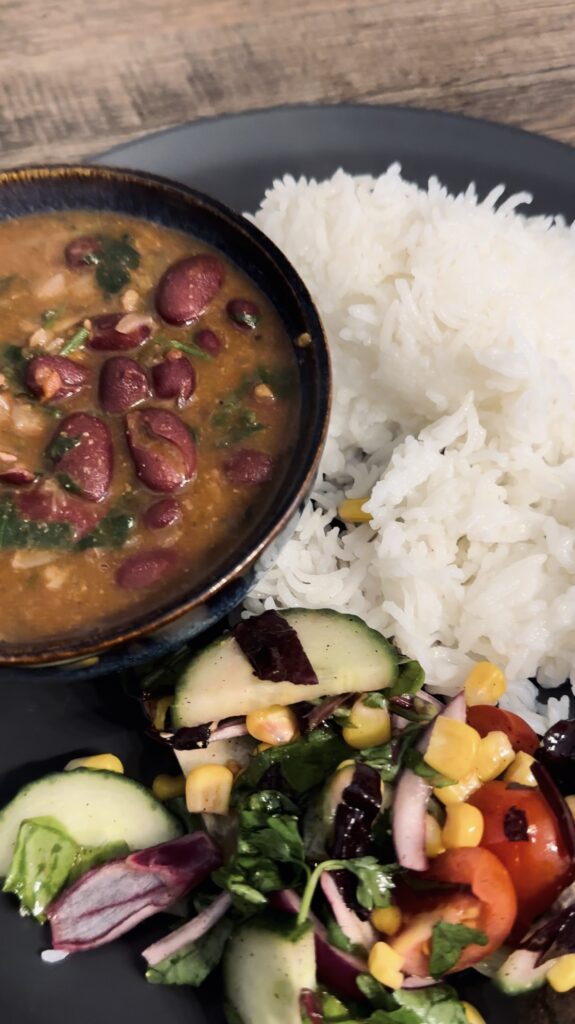
North Indian Style Rajma Chawal Recipe
Description
Rajma Chawal is a beloved North Indian dish combining red kidney beans cooked in a rich, flavorful tomato gravy, served over a bed of steamed rice. This comforting meal is packed with proteins, fiber, and essential nutrients, making it a wholesome choice for lunch or dinner. Enjoy the delightful taste of this classic dish that is both satisfying and nutritious.
Ingredients
For Rajma
For Rice
Instructions
-
Prepare the Rice:
- Rinse the basmati rice under cold water until the water runs clear.
- In a pot, bring 2 cups of water to a boil, add a pinch of salt and the rinsed rice.
- Cover and simmer on low heat for about 15 minutes, or until the rice is cooked and the water is absorbed. Fluff the rice with a fork and set aside.
-
Cook the Rajma:
- Drain the soaked kidney beans and rinse them well.
- In a pressure cooker, add the kidney beans with enough water to cover them. Pressure cook for 15-20 minutes, or until the beans are tender. Drain and set aside.
- Heat oil or ghee in a pan over medium heat. Add cumin seeds and let them splutter.
- Add finely chopped onions and sauté until golden brown.
- Add green chilies and ginger-garlic paste. Cook for 2-3 minutes until fragrant.
- Add tomato puree, red chili powder, cumin powder, and coriander powder. Cook until the oil separates from the masala.
- Add the cooked kidney beans, salt to taste, and some water to adjust the consistency. Simmer for 10-15 minutes.
- Stir in garam masala and cook for another 2 minutes.
-
Serve:
- Serve the hot rajma over the cooked rice.
- Garnish with freshly chopped coriander leaves.
Nutrition Facts
Servings 2
- Amount Per Serving
- Calories 400kcal
- % Daily Value *
- Total Fat 8g13%
- Saturated Fat 2g10%
- Sodium 600mg25%
- Potassium 800mg23%
- Total Carbohydrate 70g24%
- Dietary Fiber 12g48%
- Sugars 6g
- Protein 15g30%
- Vitamin A 1000 IU
- Vitamin C 20 mg
- Calcium 80 mg
- Iron 5 mg
* Percent Daily Values are based on a 2,000 calorie diet. Your daily value may be higher or lower depending on your calorie needs.
Note
- Soaking the kidney beans overnight is crucial for reducing cooking time and ensuring they cook evenly.
- Adjust the spice levels according to your preference by adding more or less chili powder and green chilies.
- For a richer flavor, you can add a dollop of butter or cream to the rajma before serving.


